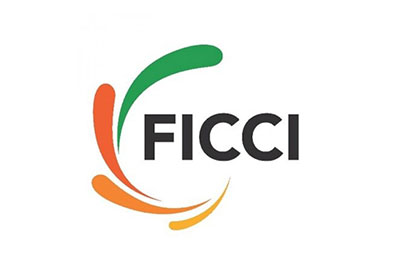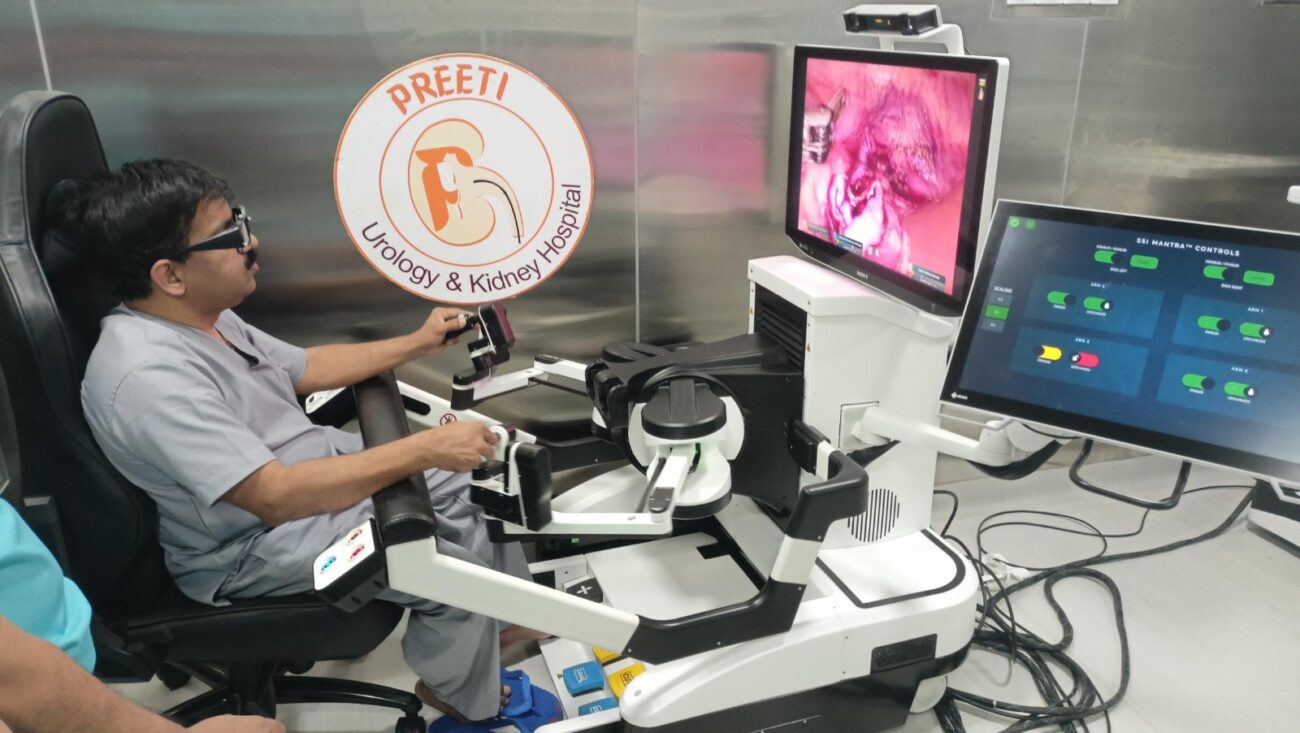Investment cap for health facilities in Tier II-VI cities enhanced under Priority Sector Lending: Member, NITI Aayog Need to set-up critical care hospitals district level: MoHFW Secretary Jan Andolan- a Behavioural change campaign to be launched next week by central and state governments
Dr V K Paul, Member (Health), NITI Aayog, yesterday said that the pandemic had laid bare some of the stark realities of the Indian healthcare system. “Investment in healthcare must be given its due importance. We

Dr V K Paul, Member (Health), NITI Aayog, yesterday said that the pandemic had laid bare some of the stark realities of the Indian healthcare system. “Investment in healthcare must be given its due importance. We need a strong healthcare system that comprises both the public as well as the private healthcare systems,” he added.
Addressing the Session on ‘Learnings for the Future’, during virtual FICCI HEAL 2020, Dr Paul said that according to the new guidelines for the Priority Sector Lending, the RBI has doubled the credit limit for improvement of health infrastructure, including those under Ayushman Bharat. “The investment cap for health facilities in Tier II to Tier VI cities has been enhanced from Rs 5 cr to 10 cr. This was one of the demands from the sector and is a stimulus under the new RBI guidelines,” Dr Paul said.
He also emphasized on the need for establishing a seamless connect between the public and private sectors. “Investment in health must be given due importance that translates into a strong centre and state public healthcare system,” Dr Paul added.
The pandemic has been a global reality check of future challenges to healthcare sector. “The specialist deficient is profound in our country. We need, at least, five times the existing number of specialist doctors. A lot needs to be done by way of creating the resources and infrastructure,” he highlighted.
Elucidating on the need to change social behaviour, Dr Paul informed that the central and the state governments were embarking on a behaviour change endeavour from next week. “This needs to be a Jan-Aandolan of an unprecedented magnitude. We are worried about the festive and winter season upon us, and therefore, to work on the preventive side is even more important,” he said.
Mr Rajesh Bhushan, Secretary, MoHFW, Govt of India said that lessons and learnings for the future will flow from what we are doing at present. “It is important that we have critical care infrastructures not only in urban cities but also in Tier II-VI cities. We need to seriously visualise critical care hospital blocks at district headquarter levels,” he added.
Mr Bhushan also mentioned that seamless public and private sector collaboration is imperative for not just infrastructure but also for skilling and reskilling healthcare human resources in the country.
Elaborating the ongoing efforts of the government, Mr Bhushan said that the government’s adoption of the ‘Whole of the Government Approach’ meant that the responsibility of handling the crisis was not only on one ministry but on the entire government. “11 Empowered Groups involving all relevant ministries were constituted. Multiple ministries have worked in an orchestrated manner and in tandem to tackle the pandemic and to strengthen the effects of the nodal ministry, the MOHFW, in ensuring that we put our best foot forward,” he said.
Highlighting the government’s unique policy to utilise the grassroots public health network, Mr Bhushan said that foot soldiers like the Asha workers, A&Ms, Anganvadi Sevikas and Sahikas did the surveillance, manned the containment areas, house-to-house searches for active cases.
Deliberating on how the world prepares for a post-COVID scenario, Prof Richard C Horton, FRCP FMedSci, Editor-in-Chief, The Lancet, during his Valedictory address, said that what we are experiencing is not a pandemic but a ‘Syndemic’. It means that there is a synthesis between COVID-19 and non-communicable diseases, and when those two combines, it causes high mortality. He further mentioned that India is going through a demographic change and the economic growth is creating a burden for non-communicable diseases to rise even higher, which is a danger and threatens the very foundation of our societies.
Dr Preetha Reddy, Vice Chairperson, Apollo Hospitals said that we need to re-engineer our minds during the pandemic. “The supply chains and business models have been different, and the point of care has shifted from the traditional brick- and- mortar hospitals to patients’ beds. The pandemic has made the healthcare ecosystem much stronger with all stakeholders working in close partnerships,” added Dr Reddy.
Mr Sukumar Ranganathan, Editor, Hindustan Times said that four broad areas where India could learn and do better in the future were science-based decisions, collection of real-time data to empower the decision making, transparency, and social responsibilities towards COVID-19 etiquette.
Dr Narottam Puri, Advisor, FICCI Health Services Committee said that we have come a long way, but every day has been a new learning experience. Time and patience are the two important warriors for humans now. “With rights come responsibility, so till the time a vaccine is discovered, we have to rely on individual responsibilities to protect ourselves,” added Dr Puri.
Dr Alok Roy, Chair, FICCI Health Services Committee and Chairman, Medica Group of Hospitals said that the conference deliberations highlighted the paradigm shift in the economy and society. Post pandemic, the healthcare ecosystem will be driven by the behavioural changes in the society, awareness about health, hygiene and fitness, scaling up of preventive and primary care at the grassroots with digitalisation of the health systems in the country, he added.
Dr Harsh Mahajan, Co-Chair, FICCI Health Services Committee & Founder & Chief Radiologist, Mahajan Imaging said that his biggest learning from COVID-19 is being Atmanirbhar. “From growing from 1 to 1837 labs and testing six times of our previous capacity, we have learnt that if we stand united, nothing is impossible,” he said






